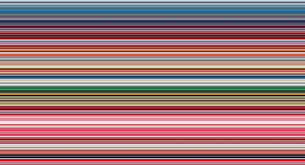
1932
Gerhard Richter
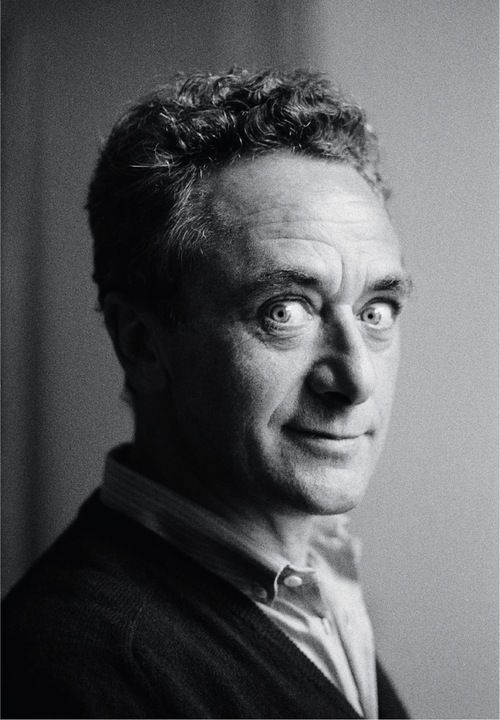
description
A German artist, one of the most famous and expensive contemporary painters. Gerhard Richter showed his talent in several styles of fine art. His photorealistic portraits with blurry contours are exhibited at the most famous museums in the world, and abstract canvases are sold at auctions for a lot of money.
Starting his career in East Germany, the artist worked in a realistic style; however, having become acquainted with the works of contemporary artists Jackson Pollock and Andy Warhol, he sharply changed his painting towards avant-garde art. A few months before the fall of the Berlin Wall, he fled to West Berlin, where he started to search for his place in art. Based on photographs and products of popular culture, Richter created a vivid style, which included both realistic and completely abstract expression.
In addition to painting, Gerhard Richter is known as the author of several major design projects. In 2007, he created the famous “Pixel Stained Glass” in Cologne Cathedral, which got the most controversial reviews. Instead of traditional biblical scenes, the artist created an impressive mosaic of multi-coloured glass, which consists of 11 thousand 250 coloured squares of eighty shades. It is interesting that the artist performed the work as a gift to the cathedral, without taking a dime for his painstaking labour.
Key ideas:
– Gerhard Richter is a diverse and controversial artist, whose art has incorporated several different art movements of the 20th century. He created minimalistic works made in a monochrome gray palette, abstract works, naturalistic portraits similar to photographs, pop art collages and conceptual compositions. Working in different styles, and sometimes combining several styles in one work, Richter was able to show exceptional imagination, bringing something new in each of them.
– The art of photography occupies a leading place in the work of the artist. At the beginning of his career, he used photographs to create collages in the style of pop art; in the 1980s, he began to create stunningly realistic and mysterious portraits on their basis. The peculiarity of these images is that their contours are slightly blurred, and the colours flow smoothly into each other, creating a kind of mystical halo characteristic of the artist’s works.
– “Content has no shape,” said the artist. “It is a shape itself.” This expression very succinctly reflects the essence of the work of Gerhard Richter, as well as all abstract art. His abstract works are canvases with randomly placed colour spots. The artist regularly experimented with colour in his works, combining the most varied shades, which at first glance seem completely incompatible. To create a composition, he used thick paints and a spatula, which he spontaneously moved around the picture, creating fancy colour transitions.
– In his works, Gerhard Richter used elements of chance. The artist believed that as unpredictable events affect a person’s fate, they can be reflected in works of art; therefore, random stains, spots and prints are as important part of his work as the pre-planned elements of the composition.
1932
1948
1951
1957
1959
1961
1963
1964
1972
1985
2020
2007
Gerhard Richter was born into the family of a school teacher
He dropped out of school and began to study as a theater artist

Entered the Dresden Academy of Arts

Married Marianne Juffinger

Richter discovered works of Jackson Pollock and Lucio Fontana

Richter moved to Dusseldorf

Took part in a group exhibition of avant-garde artists in Dusseldorf

Took part in a joint exhibition with Peter Klasen
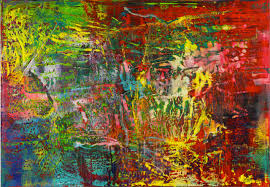
Represented Germany at the Venice Biennale
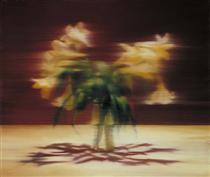
Became a laureate of the prestigious Oscar Kokoschka Prize

“Creativity for Forty Years”
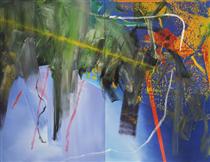
Created a stained glass window in the building of Cologne Cathedral

Gerhard Richter
On Artist
flow
Abstract expressionism
Pop Art
New european painting
friends
Blinky Palermo
artists
Francis Bacon
Mark Rothko
Andy Warhole
Jackson Pollock
Robert Rauschenberg
Max Backman
Luch Fontana
Caspar David Friedrich
Karl Otto Goetz
By Artist
flow
Pop Art
friends
Georg Baselitz
Sigmar Polke
Joseph Boyce
artists
Christopher Wool
Ellsworth Kelly
Wolfgang Tillmans
